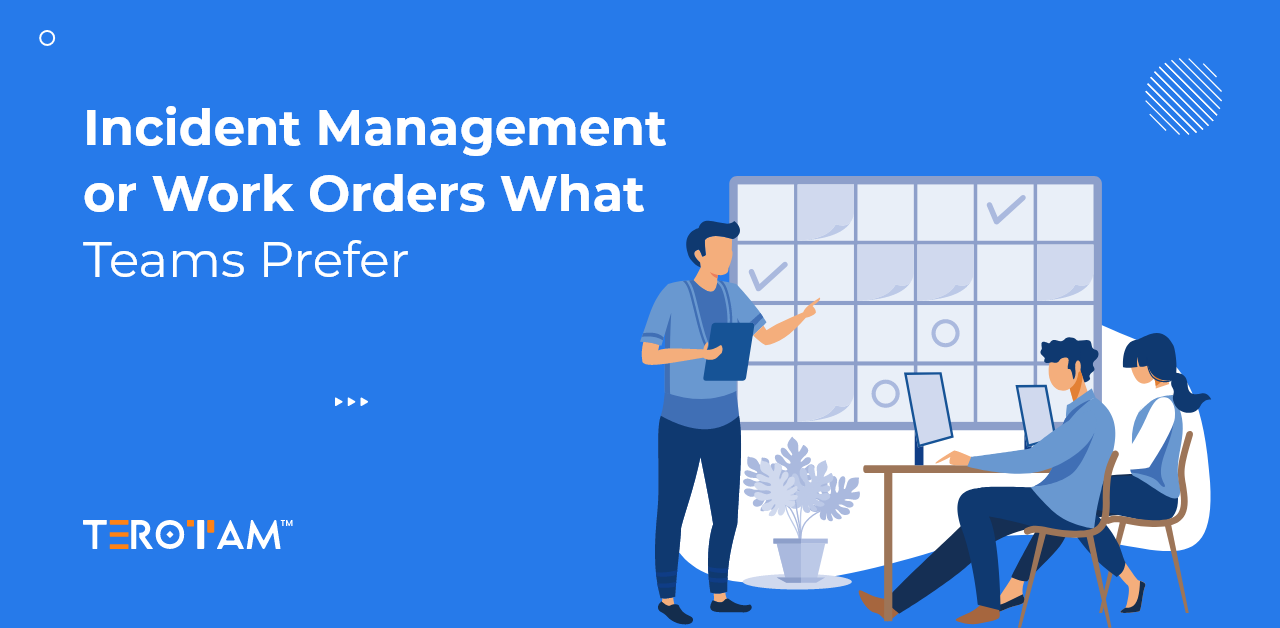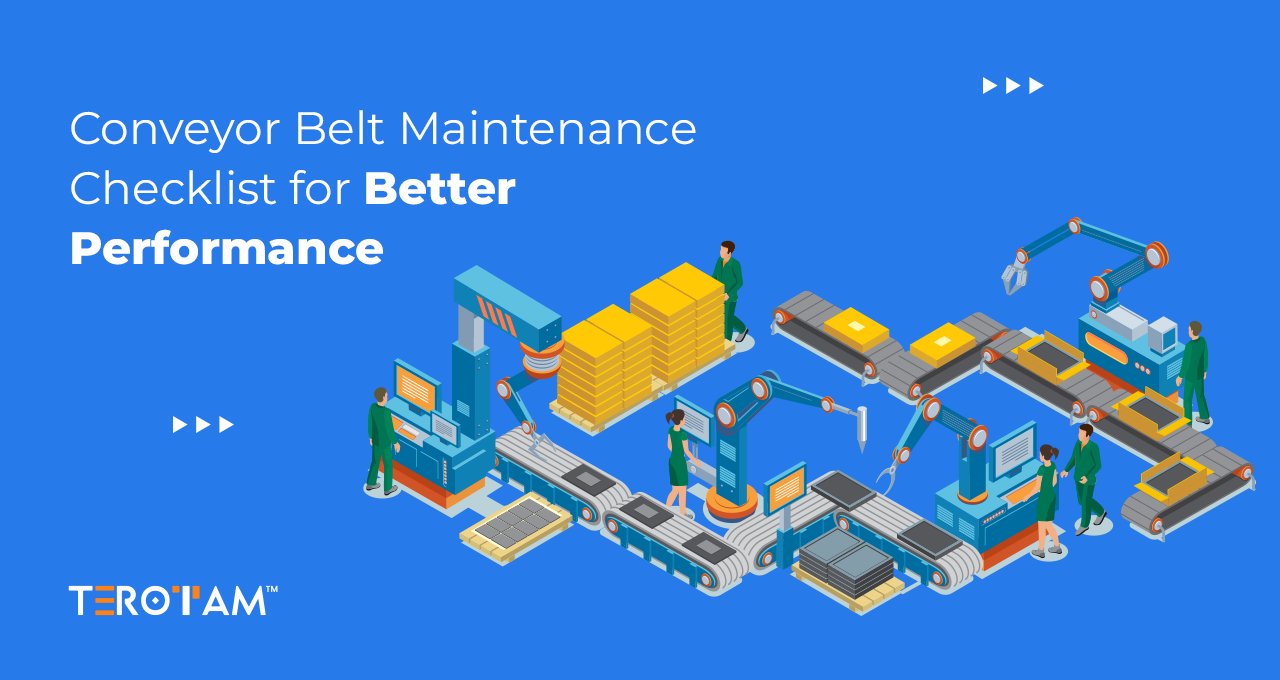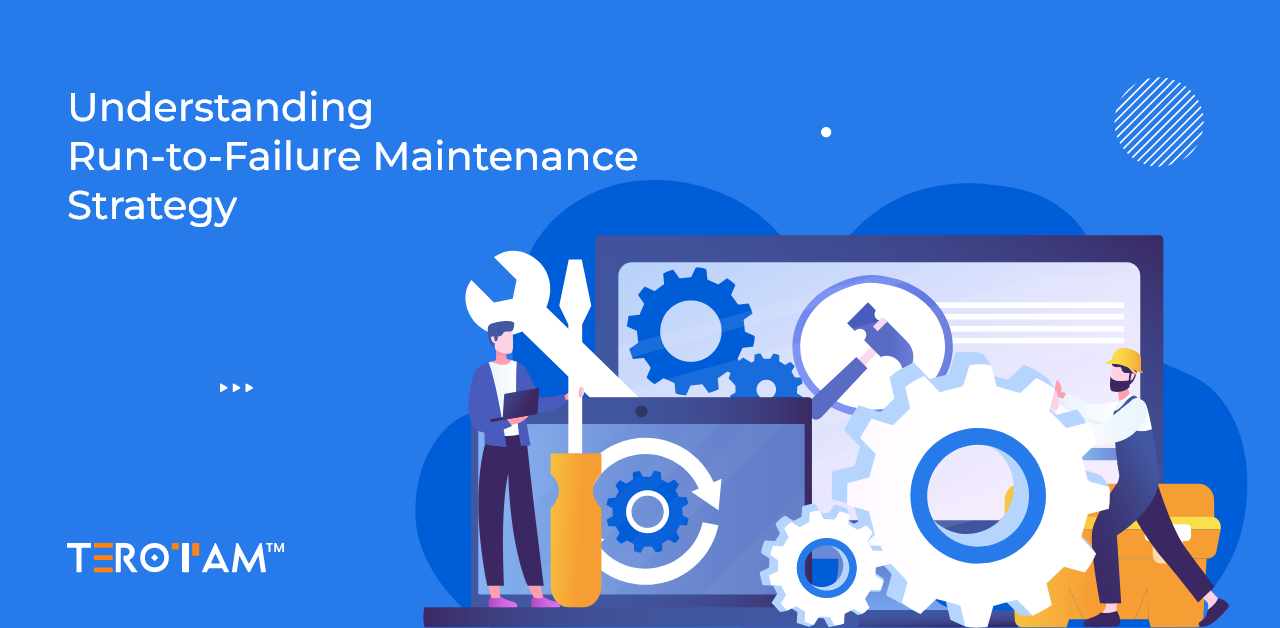Businesses everywhere are more focused nowaday on increasing their efficiency and looking towards that they are constantly looking for ways to cut costs, and keep their operations running smoothly. Maintenance departments, in particular, face increasing pressure to maintain equipment reliability while also reducing downtime and minimizing expenses. Traditional maintenance methods often fall short, leading to wasted resources, unexpected breakdowns, and missed opportunities for improvement. This is where the Lean Maintenance approach comes into play.
Lean Maintenance is about making your maintenance operations more efficient and cost-effective, helping you keep your equipment in top condition with fewer surprises.
In this article, we’ll understand what Lean Maintenance is, why it’s essential, and how you can start implementing it to make a real difference in your maintenance efforts.
What is Lean Maintenance?
Lean Maintenance is an approach to maintenance management that applies lean principles to maintenance activities. The core idea is to reduce waste, optimize processes, and ensure that every maintenance task adds value to the organization. Waste in this context refers to anything that doesn’t contribute to the desired outcome, such as excessive inventory, unnecessary movement, waiting times, overproduction, and defects.
In Lean Maintenance, the focus is on improving efficiency by streamlining maintenance processes, reducing downtime, and maximizing the lifespan and performance of assets. This approach involves continuous improvement, where maintenance teams are encouraged to regularly evaluate and improve their practices.
Lean Maintenance Strategies
Implementing Lean Maintenance involves several strategies designed to optimize maintenance practices, reduce waste, and enhance overall efficiency. Here’s a detailed look at these strategies:
Types of Lean Maintenance Strategies
Preventive Maintenance:
This strategy involves performing maintenance tasks on a regular schedule to prevent equipment failures before they occur. Preventive Maintenance is based on time intervals or usage metrics, ensuring that equipment is serviced regularly to avoid unexpected breakdowns. For example, routine inspections and part replacements are planned based on manufacturer recommendations or historical data.
Predictive Maintenance:
Predictive Maintenance uses data and analytics to monitor equipment conditions in real-time and predict potential failures. By analyzing data from sensors and performance indicators, this approach allows maintenance to be performed just in time to prevent failures rather than on a fixed schedule. This helps optimize maintenance intervals and reduce unnecessary tasks.
Total Productive Maintenance:
Total Productive Maintenance involves all employees in the maintenance process, aiming to maximize equipment effectiveness through a collaborative approach. It focuses on proactive maintenance, employee training, and continuous improvement. TPM strategies include autonomous maintenance, where operators take responsibility for routine upkeep, and planned maintenance, involving detailed planning and scheduling of maintenance activities.
Reliability-Centered Maintenance:
RCM focuses on identifying the most critical components of equipment and developing maintenance strategies based on their reliability and impact on operations. This approach helps in prioritizing maintenance efforts for components that have the highest risk of failure or the greatest impact on system performance, ensuring resources are used effectively.
How to Build a Lean Maintenance Strategy?
- Assess Current Practices: Start by evaluating your existing maintenance processes to identify inefficiencies and areas for improvement. Analyze downtime records, maintenance costs, and equipment performance data to understand where changes are needed.
- Set Clear Objectives: Define specific goals for your Lean Maintenance strategy, such as reducing downtime, lowering maintenance costs, or improving equipment reliability. Clear objectives help in focusing efforts and measuring success.
- Develop a Plan: Create a detailed plan outlining the steps for implementing Lean Maintenance. This plan should include the selection of appropriate maintenance strategies, allocation of resources, and a timeline for execution.
- Train Your Team: Ensure that your maintenance team is well-trained in Lean principles and the specific strategies you plan to implement. Training should cover the importance of Lean Maintenance, the techniques being used, and how to apply them effectively.
- Implement and Monitor: Put your Lean Maintenance plan into action. Start with pilot projects or specific areas where improvements are likely to have the most impact. Monitor the results closely, using key performance indicators (KPIs) to track progress and identify any adjustments needed.
- Continuously Improve: Lean Maintenance is an ongoing process. Regularly review performance data, gather feedback from your team, and make adjustments as necessary to refine your maintenance practices and achieve better results over time.
Lean Maintenance Tools and Techniques
5S Methodology:
This tool helps organize the workplace to enhance efficiency and reduce waste. It stands for Sort, Set in order, Shine, Standardize, and Sustain. Implementing 5S helps in keeping maintenance areas clean, organized, and efficient.
Root Cause Analysis (RCA):
RCA is used to identify the underlying causes of equipment failures. By addressing root causes rather than just symptoms, you can implement more effective solutions and prevent recurrence.
Failure Modes and Effects Analysis (FMEA):
FMEA is a systematic method for evaluating potential equipment failure modes and their impacts. It helps prioritize maintenance tasks based on the severity and likelihood of failures.
Condition-Based Monitoring:
This technique involves using sensors and monitoring equipment to track the condition of machinery in real time. Data collected from these sensors helps make informed maintenance decisions and optimize maintenance schedules.
Value Stream Mapping:
Value stream mapping visualizes the entire maintenance process, helping to identify and eliminate waste. It provides a clear view of how maintenance tasks flow and where improvements can be made.
Benefits of Implementing Lean Maintenance
Adopting Lean Maintenance brings several key advantages that significantly impact manufacturing operations. Having focused on efficiency and continuous improvement, Lean Maintenance helps streamline processes, reduce costs, and enhance equipment performance.
Predictive Maintenance Accuracy: Advanced data analytics predict failures before they occur, enabling targeted maintenance and reducing unplanned downtime.
Optimized Maintenance Workflows: Streamlined procedures cut down on redundant tasks, speeding up maintenance and enhancing operational efficiency.
Reduced Spare Parts Inventory: Aligns inventory with actual usage, lowering carrying costs and minimizing obsolescence while ensuring critical parts are available.
Enhanced Equipment Utilization: Improves equipment uptime and productivity by eliminating waste and optimizing performance.
Proactive Safety Management: Early detection and repair of potential hazards improve workplace safety and ensure regulatory compliance.
Summing it up
Lean Maintenance is a transformative approach that refines your maintenance operations by focusing on efficiency and waste reduction. With integrating advanced lean maintenance strategies and data-driven insights, you can significantly enhance equipment reliability, optimize costs, and drive overall productivity.
If you’re ready to implement these technical improvements in your operations, reach out to us at contact@terotam.com. We’re here to provide the expertise and solutions you need to advance your maintenance practices.
Let’s discuss how we can help you achieve your goals.








